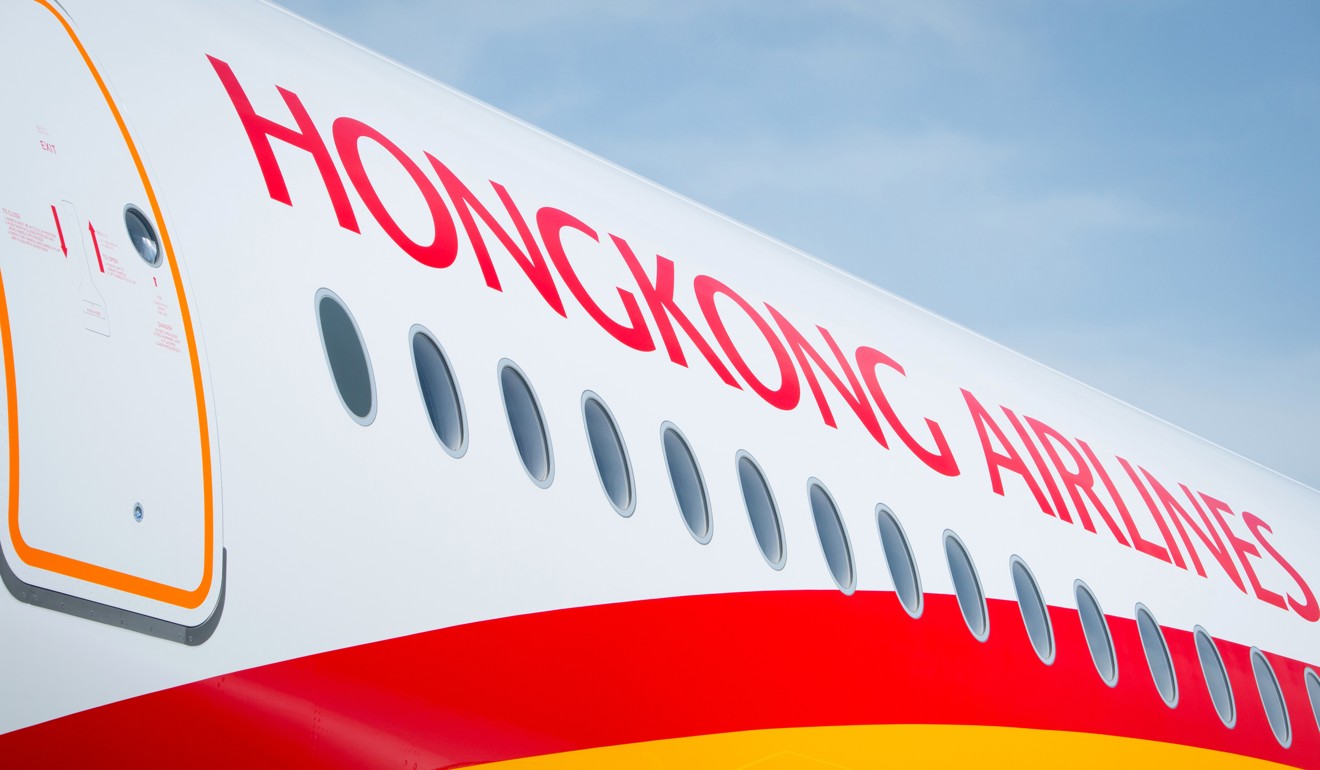
Give us more flights, says Hong Kong Airlines executive
Carrier’s vice-chairman Tang King-shing says company’s expansion can not wait for work to finish on airport’s third runway
Hong Kong Airlines wants the government to increase the number of planes taking off and landing at the city’s airport so that airlines can add new flights, one of the company’s top executives has said.
Tang made the comments as airlines rush to launch new flights in and out of Asia – the world’s biggest aviation market.
Hong Kong Airlines is the city’s third largest carrier, and part-owned by the HNA Group, from mainland China. It is lobbying the government to increase traffic at HKIA so its ambitious long-haul expansion can stay on track, allowing it to compete with Cathay Pacific Airways, Tang said.
“We have to be very professional, very careful and plan effectively and efficiently to convince the government and authorities that by giving us the slots, it is not only going to do Hong Kong Airlines good but the industry as a whole, to maintain development,” Tang, who was previously the city’s police chief, said.

HKIA’s two runways are largely full, leaving airlines little room to add new flights. Bosses there are building a HK$141 billion (US$18 billion) expansion, which includes a third runway, which will be ready in 2024 at the earliest.
With a finite number of take-offs and landings per hour, airlines are struggling to add to their schedules, which is why Hong Kong Airlines is calling for more slots.
“We can’t wait until we have got all three runways, because we are talking about at least another six or seven years,” Tang said. “Otherwise you will see a lot of new aircraft sitting on the tarmac.”
Tang did not say where the extra slots should come from. And the city’s aviation authority said any big increase in flights was unlikely before the new runway opens.
How Singapore’s futuristic Changi Airport Terminal 4 is a game-changer for the world
The Civil Aviation Department (CAD), which regulates flights in and out of Hong Kong, said in a statement that HKIA “is reaching its capacity and any further increase in capacity will only be marginal until the commissioning of the third runway.”
A spokeswoman said the CAD was looking to modernise its practices, including using computer simulations to find the best ways to increase the number of take-offs and landings, taking into account the size of planes and the weather.

China is set to overtake the United States as the largest national air travel market in 2022, earlier than past industry projections. And two-thirds of new growth will be new passengers from the Asia-Pacific region, according to the International Air Transport Association, a trade body.
Hong Kong Airlines is only a quarter of the size of its two main rivals, Cathay Pacific and Cathay Dragon, measured by runway slots at HKIA. But it is aiming to chip away at their dominant position, building on its current 31 planes flying to 36 destinations, mostly in Asia.

Tang said Hong Kong Airlines was intent on flying “well-established routes where there are ample passenger opportunities”, and establishing a brand presence internationally.
That being the case, it has ruled out flying to places not already linked to HKIA in the medium term, giving its main rivals room to dominate in new markets and compete on existing routes. But the strategy has been “encouraging” Tang said, with its inaugural Los Angeles flight more than 80 per cent full and a recently launched Vancouver route performing similarly.
The city’s three big carriers are poised to benefit from the debacle at Hong Kong Airlines’ sister budget carrier, Hong Kong Express.
10,000 passengers delayed at Chengdu airport as heavy fog shuts down runways

